7 Questions To Ask When You’re Feeling Overwhelmed
7 Questions to Ask When You’re Feeling Overwhelmed
1. Which of these tasks should I prioritise? Do what’s most important first, and the pressure will subside.
2. Would I achieve more if I got some extra sleep? If you’re too tired to work then you’re usually less productive.
3. Are other people sucking the life out of me? Are there certain individuals who’re demanding too much time?
4. Is there anything at all that I can delegate? Do I have to do it all, or do the whole thing on my own?
5. Have I taken on too much on because “I don’t let people down”, or I’m afraid of saying “no”; or do I fear the negative reactions of others?
6. Is my space full of clutter, and that’s adding to my stress? Do I need to tidy up, or just get rid of some old stuff?
7. Can I withdraw, or take time off to recharge my batteries? Do I really need a break, and need the chance to be refreshed? Would I likely perform better if I made time for self care
More Posts from Karlfelersii and Others

Brain waves reflect different types of learning
Figuring out how to pedal a bike and memorizing the rules of chess require two different types of learning, and now for the first time, researchers have been able to distinguish each type of learning by the brain-wave patterns it produces.
These distinct neural signatures could guide scientists as they study the underlying neurobiology of how we both learn motor skills and work through complex cognitive tasks, says Earl K. Miller, the Picower Professor of Neuroscience at the Picower Institute for Learning and Memory and the Department of Brain and Cognitive Sciences, and senior author of a paper describing the findings in the Oct. 11 edition of Neuron.
When neurons fire, they produce electrical signals that combine to form brain waves that oscillate at different frequencies. “Our ultimate goal is to help people with learning and memory deficits,” notes Miller. “We might find a way to stimulate the human brain or optimize training techniques to mitigate those deficits.”
The neural signatures could help identify changes in learning strategies that occur in diseases such as Alzheimer’s, with an eye to diagnosing these diseases earlier or enhancing certain types of learning to help patients cope with the disorder, says Roman F. Loonis, a graduate student in the Miller Lab and first author of the paper. Picower Institute research scientist Scott L. Brincat and former MIT postdoc Evan G. Antzoulatos, now at the University of California at Davis, are co-authors.
Explicit versus implicit learning
Scientists used to think all learning was the same, Miller explains, until they learned about patients such as the famous Henry Molaison or “H.M.,” who developed severe amnesia in 1953 after having part of his brain removed in an operation to control his epileptic seizures. Molaison couldn’t remember eating breakfast a few minutes after the meal, but he was able to learn and retain motor skills that he learned, such as tracing objects like a five-pointed star in a mirror.
“H.M. and other amnesiacs got better at these skills over time, even though they had no memory of doing these things before,” Miller says.
The divide revealed that the brain engages in two types of learning and memory — explicit and implicit.
Explicit learning “is learning that you have conscious awareness of, when you think about what you’re learning and you can articulate what you’ve learned, like memorizing a long passage in a book or learning the steps of a complex game like chess,” Miller explains.
“Implicit learning is the opposite. You might call it motor skill learning or muscle memory, the kind of learning that you don’t have conscious access to, like learning to ride a bike or to juggle,” he adds. “By doing it you get better and better at it, but you can’t really articulate what you’re learning.”
Many tasks, like learning to play a new piece of music, require both kinds of learning, he notes.
Brain waves from earlier studies
When the MIT researchers studied the behavior of animals learning different tasks, they found signs that different tasks might require either explicit or implicit learning. In tasks that required comparing and matching two things, for instance, the animals appeared to use both correct and incorrect answers to improve their next matches, indicating an explicit form of learning. But in a task where the animals learned to move their gaze one direction or another in response to different visual patterns, they only improved their performance in response to correct answers, suggesting implicit learning.
What’s more, the researchers found, these different types of behavior are accompanied by different patterns of brain waves.
During explicit learning tasks, there was an increase in alpha2-beta brain waves (oscillating at 10-30 hertz) following a correct choice, and an increase delta-theta waves (3-7 hertz) after an incorrect choice. The alpha2-beta waves increased with learning during explicit tasks, then decreased as learning progressed. The researchers also saw signs of a neural spike in activity that occurs in response to behavioral errors, called event-related negativity, only in the tasks that were thought to require explicit learning.
The increase in alpha-2-beta brain waves during explicit learning “could reflect the building of a model of the task,” Miller explains. “And then after the animal learns the task, the alpha-beta rhythms then drop off, because the model is already built.”
By contrast, delta-theta rhythms only increased with correct answers during an implicit learning task, and they decreased during learning. Miller says this pattern could reflect neural “rewiring” that encodes the motor skill during learning.
“This showed us that there are different mechanisms at play during explicit versus implicit learning,” he notes.
Future Boost to Learning
Loonis says the brain wave signatures might be especially useful in shaping how we teach or train a person as they learn a specific task. “If we can detect the kind of learning that’s going on, then we may be able to enhance or provide better feedback for that individual,” he says. “For instance, if they are using implicit learning more, that means they’re more likely relying on positive feedback, and we could modify their learning to take advantage of that.”
The neural signatures could also help detect disorders such as Alzheimer’s disease at an earlier stage, Loonis says. “In Alzheimer’s, a kind of explicit fact learning disappears with dementia, and there can be a reversion to a different kind of implicit learning,” he explains. “Because the one learning system is down, you have to rely on another one.”
Earlier studies have shown that certain parts of the brain such as the hippocampus are more closely related to explicit learning, while areas such as the basal ganglia are more involved in implicit learning. But Miller says that the brain wave study indicates “a lot of overlap in these two systems. They share a lot of the same neural networks.”

For more posts like this go to @mypsychology

Making Memories While You Sleep
Researchers have long known that the brain produces specific rhythms during sleep, and that different parts of the brain produce different rhythms. We also know that sleep is important for memory. In a recent study published in Nature Communications, UC San Diego School of Medicine researchers bridged the gap between these two schools of research — investigating how the timing of sleeping brain rhythms may influence memory storage.
The research team was led by Eric Halgren, PhD, professor of neurosciences, psychiatry and radiology, and Rachel Mak-McCully, PhD, who was a graduate student in Halgren’s lab at the time of the study. They recorded sleeping rhythms from two regions of the brain — cortex and thalamus — in three people with epilepsy who had electrodes implanted in their brains as part of their treatment.
The thalamus is a relay station for all senses except smell. This part of the brain is considered the “pacemaker” of the sleep spindle, intermittent clusters of brain waves that group cortical activity and strengthen the connections between cortical neurons that form memories. The cortex is where memories are stored permanently, and it’s known to generate slow waves during sleep.
The researchers found how the cortex and thalamus work together to time slow waves and spindles in a sequence that may optimize memory formation.
“During sleep, we usually think of the thalamus as having one conversation while the cortex is having another,” Mak-McCully said. “But what we found is they are actually having a discussion that’s important for memory retention.”
The information the team collected on rhythm timing and coordination between these two areas is important because it allows them to begin thinking about how altering those rhythms could change memory storage. The ultimate goal, Mak-McCully said, is to find ways to manipulate these sleeping brain rhythms as a means to improve, or at least maintain, memory as we age.
“It’s not just that we need more of these rhythms, we need to know when they do what they do, and for how long,” she said.
Pictured: Cartoon of the communication loop described in this study: 1) downstates in the cortex lead to 2) downstates in the thalamus, which produces a spindle that 3) is sent back to the cortex.

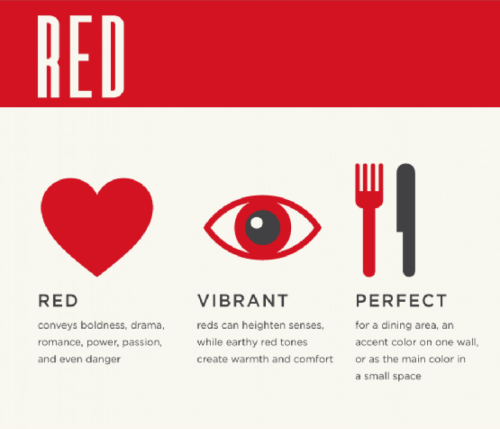
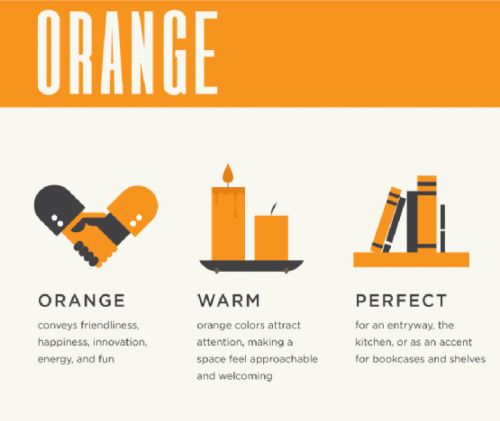

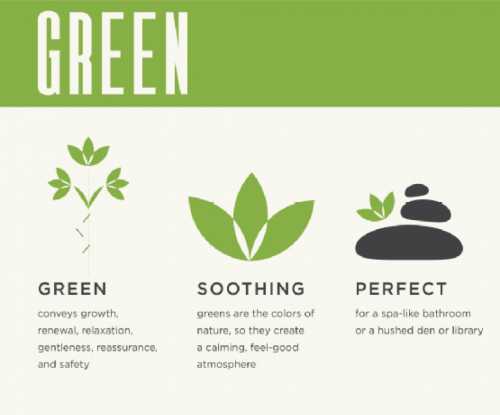

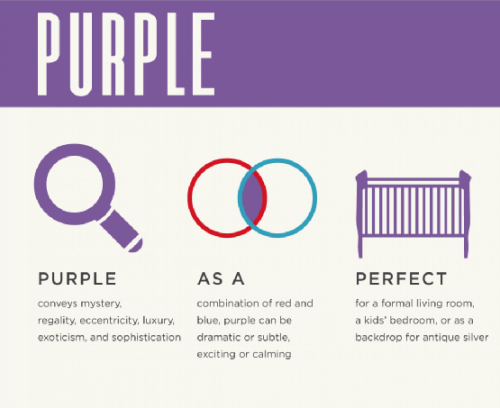


For more posts like these, go to @mypsychology


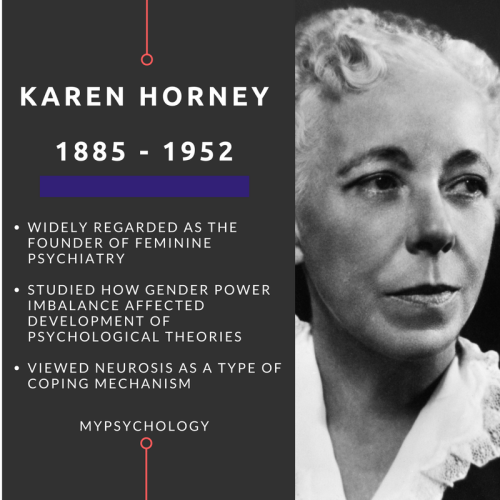
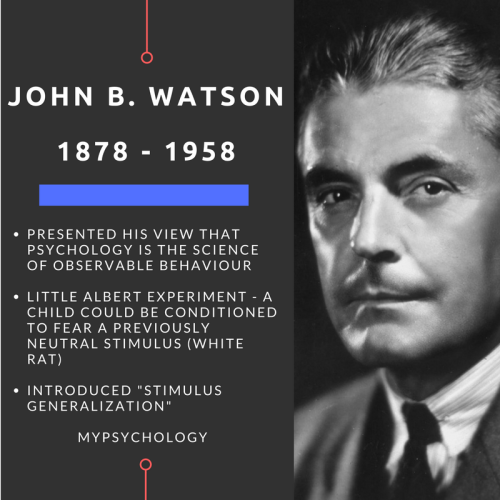
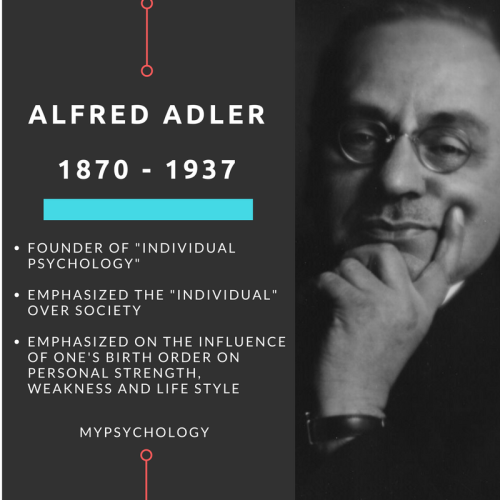



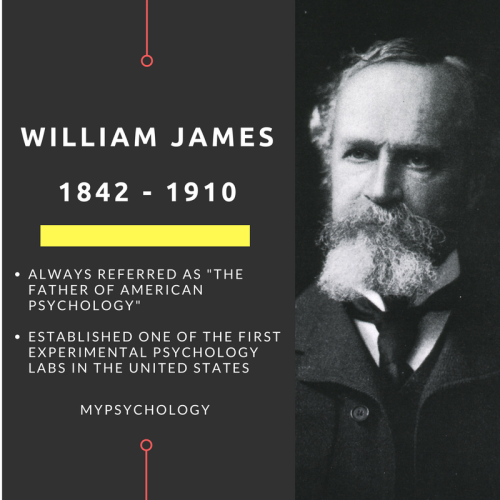
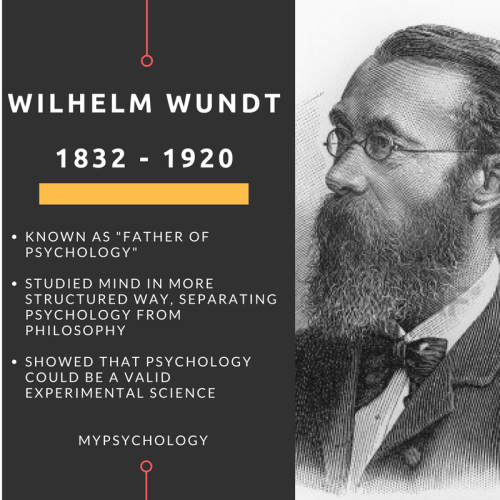
List of Historical People Who Left A Mark on Psychology
[MY Psychology]

IF YOU WOUKD LIKE TO ORDER ONE. Our Venmo account is ChicoStatePsiChi. Please send $45 and put your name, size, email, phone and address in the message section. We are selling until 12/7. They will be passed/shipped out the week after that. Thanks for you support! https://www.instagram.com/p/Bq3EGHclj8m/?utm_source=ig_tumblr_share&igshid=n602n7es09fi
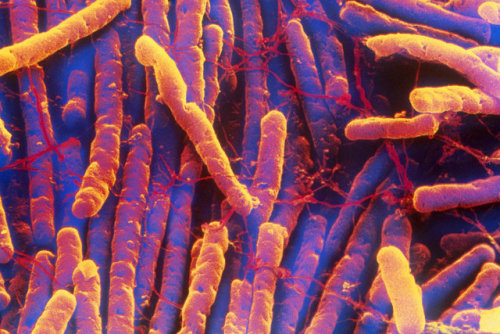
Go hygiene!
C. Diff Infections Are Falling, Thanks To Better Cleaning And Fewer Antibiotics
The risk of getting a deadly, treatment-resistant infection in a hospital or nursing home is dropping for the first time in decades, thanks to new guidelines on antibiotic use and stricter cleaning standards in care facilities.
The rate of new Clostridium difficile or C. diff infections climbed year after year from 2000 to 2010, researchers found. But an early look at 2011-2014 data from the Centers for Disease Control and Prevention’s Emerging Infections Program suggests infection rates are improving.
“Preliminary analyses suggest a 9 to 15 percent decrease in health care [C. diff] incidence nationally,” says Dr. Alice Guh, a medical officer at the CDC. “It’s very encouraging, but there’s still a lot to do.”
C. diff infections, which rose for decades, are now falling, according to the CDC. David Phillips/Science Source

Congrats Ally! #NAUgrad (at Northern Arizona University) https://www.instagram.com/p/BrYNuPolFZh/?utm_source=ig_tumblr_share&igshid=v8rk3imseks5

Is Witchcraft a Placebo?
What is the “placebo effect” - a beneficial effect, produced by a placebo drug or treatment, that cannot be attributed to the properties of the placebo itself, and must therefore be due to the patient’s belief in that treatment
One of the hardest aspects of witchcraft is proving it actually works. When it comes to spell jars, sigils, and other energy type work the only proof we have of its abilities to actually do anything is our own experiences.
Think of it this way:
You create a spell jar to banish negative energy from your home. You’ve been having this feeling in your gut that something just isn’t right. When you come home you feel some sort of bad mojo around you.
So you put together a spell jar. You collect all your ingredients and you perform your spell. Everything went just as planned and you have your jar all finished. You decide to place it on your altar or maybe you choose to bury it in your yard, or place it somewhere hidden like a closet or dresser..
You start to feel a lightness surrounding you (like that heavy bad feeling is gone or at the very least, slowing dissipating). ~ it’s working ~ the spell is actually working…. or is it?
You’ve been told that this will banish the negative energy from your home and you believe it. So did a jar full of herbs, objects and whatever else you used actually banish the negative energy? Or did it work because you believed it would?
We’ve argued to a point of exhaustion about intent in witchcraft. “All you need is intent, everything else is just extra shit.” You ever wonder why witches tell you this? It’s because they have some awareness that all you need to do is believe it works and it’ll work.
I’m not one of these witches lol. I’m into science and hard facts. Which is probably why my craft mostly centers around herbalism (and the medicinal properties of herbs) but I do still use crystals, candles and I’m a tarot reader but that doesn’t mean I’m not self-aware. I understand that my craft will be questioned and what kind of witch would I be if I didn’t also question my own craft and how it works.
Of course I’m not saying magick isn’t real or that witchcraft is just made up bologna. I am a witch afterall lol. What I am saying is that witchcraft and the placebo effect are very similar.
There have been medical studies where they’ve found that more than 30% of those given a placebo reported the same results as those given the actual drug. This begs the question; are the active ingredients (or properties) in the drugs actually doing anything? or is the power of suggestion strong enough to mimic the results of the drug in question?
Thoughts?
-
 anniephl liked this · 9 months ago
anniephl liked this · 9 months ago -
 shouseinthehouse reblogged this · 9 months ago
shouseinthehouse reblogged this · 9 months ago -
 purrrng reblogged this · 10 months ago
purrrng reblogged this · 10 months ago -
 purrrng liked this · 10 months ago
purrrng liked this · 10 months ago -
 god-of-spring reblogged this · 10 months ago
god-of-spring reblogged this · 10 months ago -
 god-of-spring liked this · 10 months ago
god-of-spring liked this · 10 months ago -
 proficientatfreakness liked this · 10 months ago
proficientatfreakness liked this · 10 months ago -
 proficientatfreakness reblogged this · 10 months ago
proficientatfreakness reblogged this · 10 months ago -
 wasntallbad liked this · 1 year ago
wasntallbad liked this · 1 year ago -
 k-riggy liked this · 1 year ago
k-riggy liked this · 1 year ago -
 notsureaboutnameyet liked this · 2 years ago
notsureaboutnameyet liked this · 2 years ago -
 alamwamal reblogged this · 4 years ago
alamwamal reblogged this · 4 years ago -
 lucreziaborgia liked this · 4 years ago
lucreziaborgia liked this · 4 years ago -
 lareinedefer reblogged this · 4 years ago
lareinedefer reblogged this · 4 years ago -
 thisisacatperson liked this · 4 years ago
thisisacatperson liked this · 4 years ago -
 lilyluvx reblogged this · 4 years ago
lilyluvx reblogged this · 4 years ago -
 lilithmckenzie liked this · 4 years ago
lilithmckenzie liked this · 4 years ago -
 all-razzle-no-dazzle liked this · 4 years ago
all-razzle-no-dazzle liked this · 4 years ago -
 macunicorngirl liked this · 4 years ago
macunicorngirl liked this · 4 years ago -
 anaccident4 liked this · 4 years ago
anaccident4 liked this · 4 years ago -
 cinemaglow liked this · 4 years ago
cinemaglow liked this · 4 years ago -
 weeetz reblogged this · 4 years ago
weeetz reblogged this · 4 years ago -
 weeetz liked this · 4 years ago
weeetz liked this · 4 years ago -
 chimkenjoi reblogged this · 4 years ago
chimkenjoi reblogged this · 4 years ago -
 yaggerdang liked this · 4 years ago
yaggerdang liked this · 4 years ago -
 mushrooms-and-gumdrops reblogged this · 4 years ago
mushrooms-and-gumdrops reblogged this · 4 years ago -
 tuliptheswashbuckler-archive liked this · 4 years ago
tuliptheswashbuckler-archive liked this · 4 years ago -
 cogneartive reblogged this · 4 years ago
cogneartive reblogged this · 4 years ago -
 cogneartive liked this · 4 years ago
cogneartive liked this · 4 years ago
